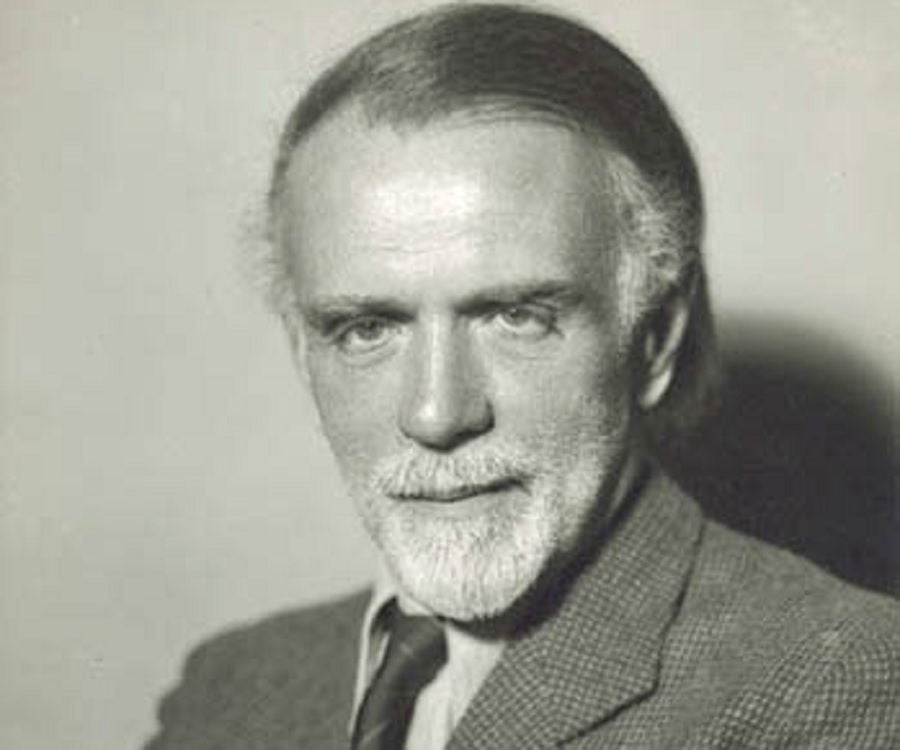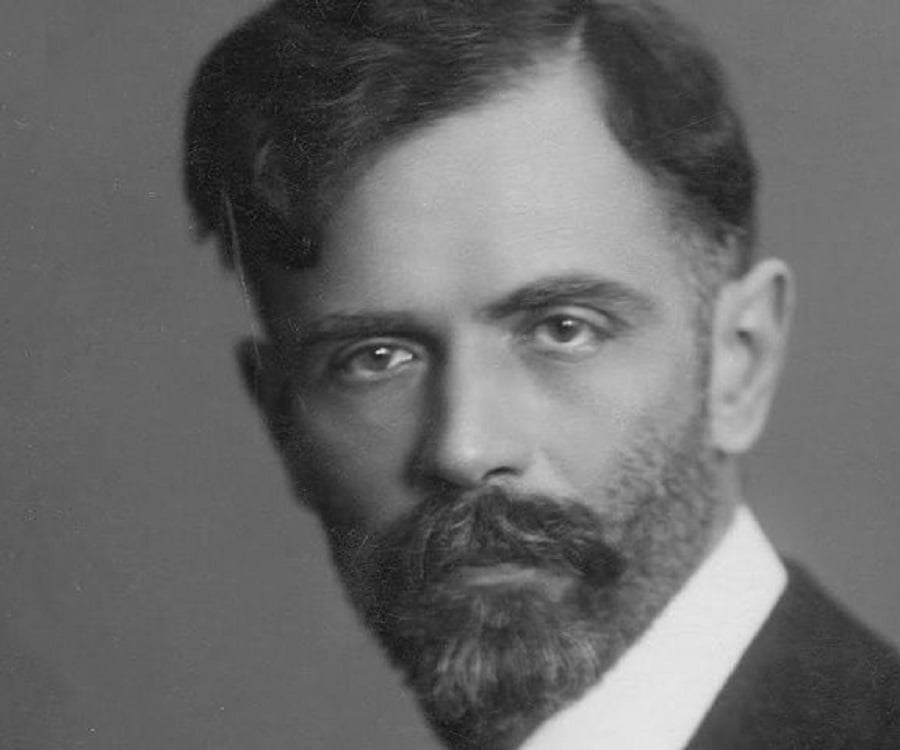Kodály -év
relé működése
Zoltán Kodály - Wikipedia. Zoltán Kodály ( UK: / ˈkoʊdaɪ /, US: / koʊˈdaɪ /; [1] [2] Hungarian: Kodály Zoltán, pronounced [ˈkodaːj ˈzoltaːn]; 16 December 1882 – 6 March 1967) was a Hungarian composer, ethnomusicologist, music pedagogue, linguist, and philosopher. He is well known internationally as the creator of the Kodály method of music education.. Kodály method - Wikipedia. The Kodály method, also referred to as the Kodály concept, is an approach to music education developed in Hungary during the mid-twentieth century by Zoltán Kodály
aladdin 2019 videa
. In 2016, the method was inscribed as a .. Kodály Method Guide: 5 Principles of the Kodály Method. Proper instruction of the Kodály method involves adhering to a series of key principles
injekciós tű méretek
. 1. Learning by singing: According to Kodály, the human voice is the fundamental instrument, and it should be central to musical training. Students should gain musical literacy through sung solfège (also known as solfa), using a moveable-do system.. Zoltán Kodály | 20th-century music, folk music, pedagogy . kodály -év. Zoltán Kodály prominent composer and authority on Hungarian folk music. He was also important as an educator not only of composers but also of teachers, and, through his students, he contributed heavily to the spread of music education in Hungary kodály -év. He was a chorister in his youth at Nagyszombat,
nemzeti utalvány beváltóhelyek
. Our Mission & The Kodály Concept — Welcome to Kodály Music .. Kodály’s concepts are based on teaching, learning and understanding music through the experience of singing, giving direct access to the world of music with the most universal instrument kodály -év
körökre osztott stratégiai játékok
mezőgazdasági lánckerék
. The Kodály approach to music education is student centered and skills are taught in a logical, sequential manner

kiskunhalas szász károly utca 2
gyerektartás visszamenőleg
. Bordal (Drinking Song). Organization of American Kodaly Educators - OAKE. Our Mission. Inspired by the vision of Zoltán Kodály, the mission of the Organization of American Kodály Educators is to support music education of the highest quality, promote universal music literacy and lifelong music making, and preserve the musical heritage of the people of the United States of America through education, artistic performance, advocacy and research.. The life of Zoltán Kodály - kodalyhub.com kodály -év. Zoltán Kodály (16 December 1882 Kecskemét – 6 March 1967 Budapest) was one of the most outstanding personalities of 20th century Hungarian culture: composer, ethnomusicologist, music pedagogue and linguist. His internationally acknowledged concept of music education is the basis for general music teaching in Hungary and also plays an .
digitális vérnyomásmérő
. Organization of American Kodaly Educators - OAKE kodály -év. Our Mission. Inspired by the vision of Zoltán Kodály, the mission of the Organization of American Kodály Educators is to support music education of the highest quality, promote universal music literacy and lifelong music making, and preserve the musical heritage of the people of the United States of America through education, artistic performance, advocacy and research.. Zoltán Kodály : Biography - Boosey & Hawkes">Zoltán Kodály : Biography - Boosey & Hawkes. Kodály was born in Kecskemét, in Hungary, on 16 December 1882. Though from a musical family, his initial inclination was towards literary studies
fradi meccs petárda
. As his father was a railway official, the Kodály family had a rather peripatetic existence: from 1884 until 1891 they lived in Galánta (later to be immortalised in the orchestral dances Kodály .. Kodály - kodalyhub.com">The compositions of Zoltán Kodály - kodalyhub.com. Unaccompanied Choral Works. 24 compositions for a cappella male chorus: A csikó (The Filly) A franciaországi változásokra (To the Changes in France) A magyarokhoz (Song of Faith) A nándori toronyőr (The Tower Watchman of Nándor) A szabadság himnusza - La Marseillaise kodály -év

tengerimalac ivartalanítás ár
. As his father was a railway official, the Kodály family had a rather peripatetic existence: from 1884 until 1891 they lived in Galánta (later to be immortalised in the orchestral dances Kodály .. Kodály (1882-1967) - Harvard Library">Zoltán Kodály (1882-1967) - Harvard Library. Zoltan Kodály was, like Béla Bartók, one of Solti’s teachers at the Liszt Academy of Music in the mid-1920s kodály -év. He composed the Psalmus hungaricus, his first significant work for voices and orchestra, in 1923 on the occasion of a concert to celebrate the fiftieth anniversary of the unification of Buda, Óbuda and Pest into the modern city of Budapest.
lambéria győr
. Kodály | NLS Music Notes">Folk Music and Music Education: Zoltán Kodály | NLS Music Notes. Kodály was born on this day in 1882 in the town of Kecskemét in Austria-Hungary (now Hungary). As a child, Kodály was a member of a local chorus, and also learned the violin kodály -év. He showed an interest in composition, and in 1900, went on to study at the Conservatory in Budapest kodály -év
két pasi meg egy kicsi 7 évad 19 rész
. In 1906, Kodály wrote about the structure of Hungarian folk music .


